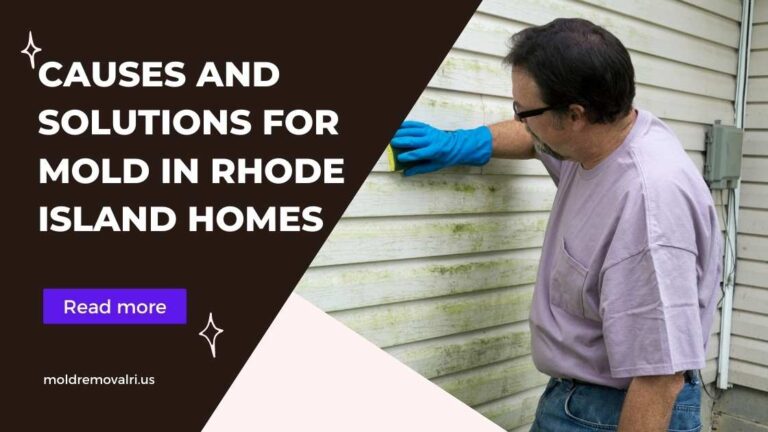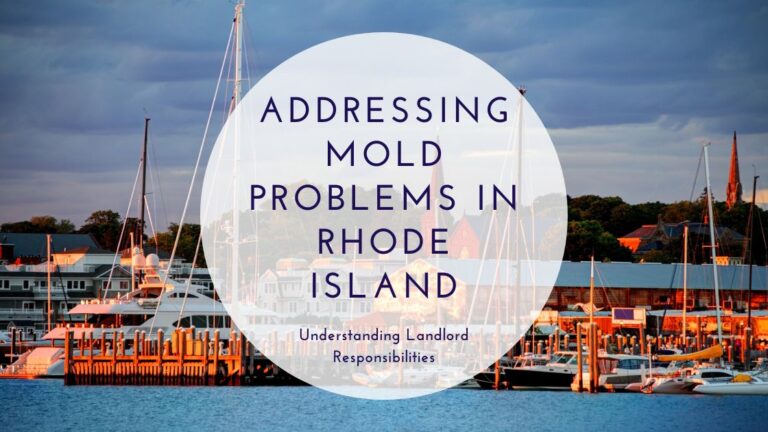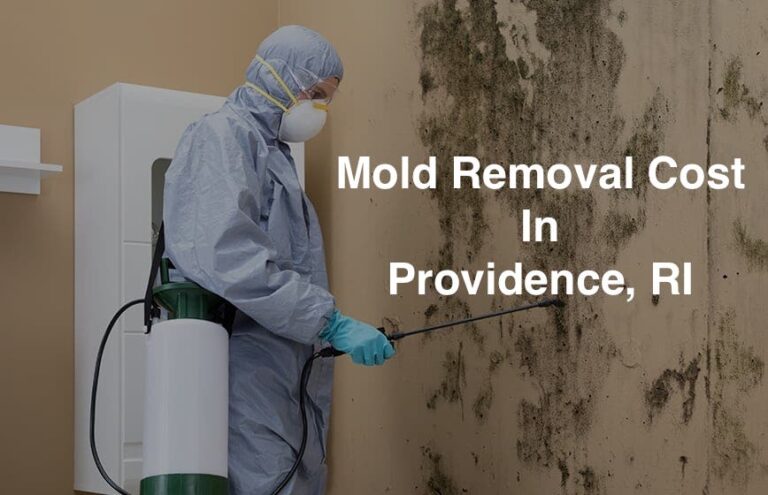Welcome to our informative blog post on mold removal glossary terms! If you’re dealing with a mold problem or simply want to educate yourself about the intricacies of mold remediation, you’ve come to the right place. In this comprehensive guide, we will unravel the jargon and provide you with a clear understanding of the essential terms associated with mold removal, all while ensuring our content is optimized for search engine visibility.
Mold Removal Glossary
Mold: A type of fungus that can grow indoors and outdoors, often in damp and humid environments. Mold can cause health issues and damage to buildings if left unchecked.
Mold remediation: The process of removing mold and addressing the underlying causes to prevent its recurrence. It involves containment, removal, and proper cleaning techniques.
Mold inspection: A thorough assessment of a property to identify the presence of mold, determine the extent of the problem, and locate the source of moisture causing mold growth.
Mold spores: Tiny reproductive structures produced by mold. They are lightweight and can become airborne, spreading mold to other areas and causing new growth if not properly addressed.
Containment: The process of isolating the affected area to prevent the spread of mold spores during removal. It typically involves using barriers, negative air pressure, and air filtration systems.
HEPA (High-Efficiency Particulate Air) filtration: A type of air filtration system commonly used in mold remediation. HEPA filters are designed to capture tiny particles, including mold spores, from the air.
Biocide: Chemical agents used to kill mold and prevent its regrowth. Biocides can be used as part of the mold remediation process to disinfect surfaces and prevent mold spores from spreading.
Antimicrobial: Substances that inhibit the growth of microorganisms, including mold. Antimicrobial agents are often used in mold remediation to treat affected areas and prevent future mold growth.
Dehumidification: The process of reducing humidity levels in a building to discourage mold growth. Dehumidifiers are commonly used to extract excess moisture from the air.
Negative air pressure: A technique used during mold remediation to create lower air pressure in the affected area compared to the surrounding areas. This helps prevent the spread of mold spores to other parts of the building.
Personal protective equipment (PPE): Safety gear worn by mold remediation professionals to protect themselves from mold exposure. This may include gloves, goggles, respirators, and disposable coveralls.
Black mold: A commonly used term to refer to Stachybotrys chartarum, a species of mold known for its dark greenish-black color. It is often associated with water damage and can release mycotoxins that may have health effects on individuals.
Mold spore count: The measurement of the concentration of mold spores in a given area. It helps assess the severity of mold contamination and monitor the effectiveness of remediation efforts.
Fungi: A group of organisms that includes molds, yeasts, and mushrooms. They are classified as eukaryotes and can reproduce by producing spores.
Mycotoxins: Toxic substances produced by certain molds as a defense mechanism. Exposure to mycotoxins can cause various health issues, including respiratory problems, allergic reactions, and neurological effects.
Air scrubber: A device used during mold remediation to filter and clean the air. It helps remove mold spores and other contaminants from the environment.
HVAC (Heating, Ventilation, and Air Conditioning) system: The system responsible for controlling temperature, humidity, and air quality in a building. Mold can spread through HVAC systems if contaminated air is circulated.
Drying techniques: Various methods employed to eliminate excess moisture and dry out affected areas. This can include using dehumidifiers, fans, and specialized drying equipment.
Non-porous materials: Materials that do not allow water or moisture to penetrate their surface, such as glass, metal, and plastics. Non-porous materials are generally easier to clean and less prone to mold growth.
Porous materials: Materials that can absorb and retain moisture, such as wood, drywall, and fabrics. Porous materials are more susceptible to mold growth and often require thorough cleaning or removal if heavily contaminated.
Encapsulation: The process of sealing or coating surfaces with a specialized product to prevent mold growth. Encapsulation can be used as a preventive measure or to seal residual mold stains.
Negative air machine: A device used to create negative air pressure in an area during mold remediation. It helps direct airflow out of the contaminated space and prevents mold spores from spreading.
Visible mold: Mold growth that is readily noticeable and can be seen with the naked eye. It often appears as discoloration, patches, or fuzzy growth on surfaces.
Mold stain: Discoloration or marks left on surfaces after mold growth. Even after mold is removed, stains may persist, requiring additional cleaning or treatment.
Contaminated materials: Items or building materials that have been affected by mold growth and may pose a risk of spreading mold spores. Contaminated materials may need to be safely discarded to prevent further mold issues.
Personal air monitor: A device worn by mold remediation professionals to measure and monitor the concentration of mold spores in the air they breathe. It helps ensure their safety and effectiveness in containing and removing mold.
Biodegradable: Substances that can be broken down naturally by living organisms, such as bacteria or fungi. Some mold remediation products are biodegradable, making them environmentally friendly.
Post-remediation verification: The process of conducting a final inspection and testing after mold remediation to ensure that the affected area has been successfully cleaned and is no longer contaminated with mold.
Moisture meter: A device used to measure the moisture content of materials. It helps identify areas of excessive moisture that may contribute to mold growth.
Antifungal: Agents or treatments designed to inhibit the growth of fungi, including mold. Antifungal products are used to prevent mold recurrence after remediation.
Sub-floor remediation: The process of removing mold from beneath flooring materials, such as carpets, hardwood, or laminate. It typically involves lifting or removing the flooring to access and treat the affected area.
Restoration: The final phase of mold remediation, which involves repairing and restoring the affected area to its pre-mold condition. This may include replacing damaged materials, repainting, or rebuilding if necessary.
Air quality testing: The process of assessing the quality of indoor air by measuring the presence of mold spores, pollutants, and other contaminants. It helps determine the level of mold contamination and the effectiveness of remediation efforts.
Invasive inspection: A comprehensive inspection that involves opening up walls, ceilings, or other structural components to assess the extent of mold growth and moisture damage.
Bioremediation: The use of biological agents, such as bacteria or enzymes, to break down and remove mold contaminants. Bioremediation can be used as an alternative or complementary method to traditional mold removal techniques.
Containment barrier: Physical barriers, such as plastic sheeting or temporary walls, used to isolate the affected area during mold remediation. The barrier prevents the spread of mold spores to uncontaminated areas.
Negative pressure enclosure: An airtight containment setup where the air pressure inside the containment area is lower than the surrounding areas. This helps prevent mold spores from escaping during removal.
Personal decontamination: The process of cleaning and removing mold spores from the body and personal protective equipment (PPE) after mold remediation. It helps prevent cross-contamination and exposure to mold outside the affected area.
HEPA vacuum: A vacuum cleaner equipped with a high-efficiency particulate air (HEPA) filter. HEPA vacuums are used during mold removal to capture and contain mold spores, preventing them from being released back into the air.
Disinfection: The process of killing or eliminating microorganisms, including mold, on surfaces. Disinfectants are applied after mold removal to ensure the area is free of mold spores.
Demolition: The controlled removal and disposal of heavily mold-contaminated building materials or structures. Demolition may be necessary when the mold damage is extensive or when materials cannot be effectively cleaned.
Sealing: The process of applying a sealant or coating to surfaces after mold removal. Sealing helps to encapsulate any remaining mold spores and prevent their release into the air.
Moisture barrier: A waterproof or water-resistant material or treatment used to prevent moisture intrusion into a building. Moisture barriers are essential in preventing future mold growth.
Decontamination chamber: A designated area within a containment setup where workers can enter and exit the mold-affected area. It typically includes a staging area for PPE removal and decontamination procedures.
Mold-resistant materials: Building materials that are designed or treated to be resistant to mold growth. These materials can help prevent mold growth in areas prone to moisture.
Efflorescence: The white, powdery residue that appears on surfaces such as concrete or masonry due to water infiltration. Efflorescence can indicate excessive moisture and potential mold-friendly conditions.
Vapor barrier: A material, such as plastic sheeting or foil, used to prevent moisture migration from one area to another. Vapor barriers are commonly used in basements, crawl spaces, and walls to reduce the risk of mold growth.
Microbial volatile organic compounds (MVOCs): Gases produced by mold and other microorganisms. MVOCs can have a strong, musty odor and may be an indicator of hidden mold growth.
Substrate: The underlying surface or material on which mold grows. Common substrates include wood, drywall, carpet, and insulation.
Air exchange rate: The number of times the air within a space is replaced with fresh air per hour. Proper air exchange is crucial in mold remediation to remove mold spores and maintain good indoor air quality.
Clearance testing: The final testing performed by an independent third party after mold remediation. Clearance testing verifies that the mold contamination has been effectively removed and the area is safe for occupancy.
Antimicrobial coating: A protective coating applied to surfaces after mold removal to inhibit the growth of microorganisms. Antimicrobial coatings help prevent mold recurrence and promote a healthier environment.
Ozone treatment: The use of ozone gas to eliminate mold and odors. Ozone generators are sometimes employed in mold remediation, but their effectiveness and safety are subjects of debate within the industry.
Stachybotrys chartarum: Also known as black mold, it is a species of mold known for its dark greenish-black color. Stachybotrys chartarum is often associated with water-damaged materials and can produce mycotoxins.
Porousness: The degree to which a material allows the passage of water or moisture. The porous nature of materials affects their susceptibility to mold growth and the difficulty of remediation.
Relative humidity: The amount of moisture in the air compared to the maximum amount it could hold at a given temperature. High relative humidity promotes mold growth, so maintaining proper humidity levels is crucial in preventing mold issues.
Mold-resistant paint: Paints specifically formulated to resist mold growth. These paints often contain additives that inhibit mold growth on painted surfaces.
Post-remediation monitoring: The ongoing assessment and monitoring of the treated area after mold removal to ensure that mold does not return. Regular inspections and moisture checks are conducted to catch any signs of recurring mold growth.
Pre-remediation survey: An assessment conducted before mold remediation to evaluate the extent of mold contamination and develop an appropriate remediation plan. The survey helps identify the affected areas and determine the necessary actions for effective removal.
Residual odor: Lingering musty or moldy smells that may persist even after mold removal. Specialized treatments, such as odor-neutralizing agents, may be applied to eliminate residual odors.
Fungistatic: The ability to inhibit the growth of fungi, including mold. Fungistatic treatments or coatings can be applied to surfaces to prevent mold growth.
Mold sensitivity: An individual’s heightened sensitivity or allergic response to mold exposure. Some people may experience allergic reactions or respiratory symptoms when exposed to mold spores.
Remember, mold remediation is best performed by trained professionals. If you suspect a mold problem in your home or property, it’s recommended to consult with a qualified mold remediation specialist to ensure safe and effective removal.
Conclusion
In conclusion, we hope this comprehensive guide on mold removal glossary terms has provided you with a solid understanding of the key terminology associated with mold remediation. By familiarizing yourself with these terms, you’ll be better equipped to communicate with professionals, understand their recommendations, and make informed decisions when it comes to addressing mold issues.
Remember, mold can pose serious health risks and damage your property if left unchecked. By taking the necessary steps to identify, remove, and prevent mold growth, you can create a healthier living environment for yourself and your loved ones.
We encourage you to continue exploring our blog for more in-depth articles on mold remediation techniques, prevention strategies, and the latest developments in the field. Stay informed and stay proactive in your efforts to maintain a mold-free home.
Thank you for joining us on this informative journey, and we wish you success in your mold removal endeavors. Together, we can create cleaner, healthier spaces where mold is nothing more than a distant memory.






